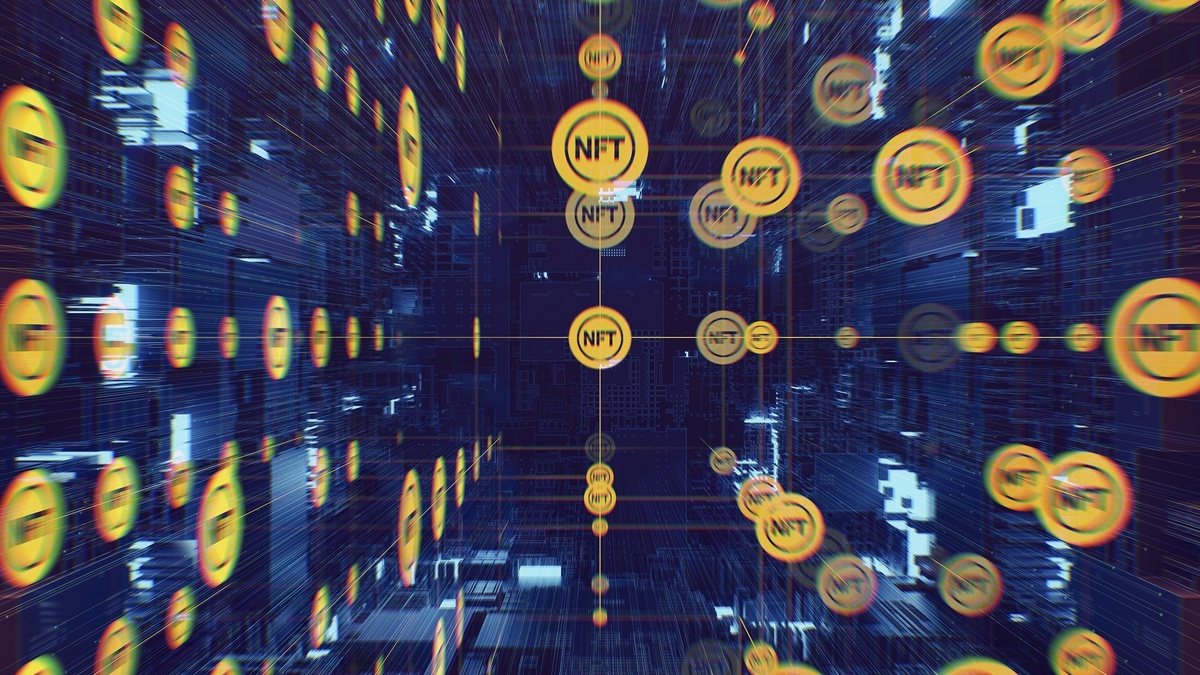The digital landscape is constantly evolving, with new technologies and innovations shaping the way we interact with the world. One of the most revolutionary advancements in recent years has been the rise of Non-Fungible Tokens (NFTs). NFTs have opened up a whole new realm of possibilities for creators, artists, and collectors alike, fueling what can only be described as a digital renaissance.
NFTs are unique digital assets that are authenticated using blockchain technology. Unlike cryptocurrencies such as Bitcoin or Ethereum, which are fungible and can be exchanged on a one-to-one basis, NFTs represent ownership of a specific item or piece of content. This could include anything from digital artwork and music to virtual real estate and in-game items. The concept of digital ownership has been revolutionized by NFTs, as they provide a way to prove ownership and establish scarcity in the digital realm.
NFTs and Intellectual Property Rights
One of the key areas where NFTs have had a significant impact is in the realm of intellectual property rights. With traditional digital content, such as images or music, it can be challenging for creators to protect their work from unauthorized use or reproduction. However, NFTs provide a solution to this problem by allowing creators to tokenize their work and establish ownership rights.
By minting their creations as NFTs, artists can ensure that they are the sole owners of the digital assets they produce. This not only enables them to monetize their work more effectively but also gives them the ability to enforce copyright and intellectual property laws. The transparency and immutability of blockchain technology make it easier to track the ownership and provenance of digital assets, providing a level of trust and security that was previously unattainable.
NFTs and Cultural Impact
The cultural impact of NFTs cannot be underestimated. They have transformed the way we perceive and consume digital content, blurring the lines between the physical and digital worlds. NFTs have given rise to a new wave of digital artists, musicians, and creators who are embracing the opportunities afforded by this technology.
One of the most notable examples of NFTs' cultural impact is the explosion of digital art marketplaces. Artists can now showcase and sell their artwork directly to collectors, bypassing traditional gatekeepers such as galleries and auction houses. This democratization of the art world has allowed artists from diverse backgrounds to gain recognition and monetize their creations.
Furthermore, NFTs have provided a means for artists to establish ongoing revenue streams through royalties. Whenever an NFT is resold, a percentage of the sale price can be automatically directed back to the original creator. This creates a sustainable model for artists, incentivizing them to continue producing high-quality work.
Conclusion
In conclusion, the advent of NFTs has ushered in a digital renaissance, revolutionizing the creation and trade of digital assets. From artwork and music to virtual real estate and collectibles, NFTs have given creators unprecedented opportunities to showcase their work, establish ownership rights, and monetize their creations. The impact of NFTs extends beyond the realm of art and culture, with implications for intellectual property rights and the broader digital landscape. As the NFT marketplace continues to evolve, we can expect even more innovative use cases and transformative possibilities to emerge.


No comments yet